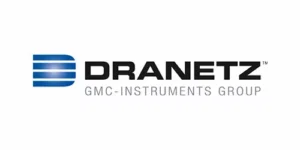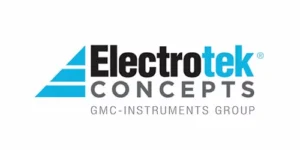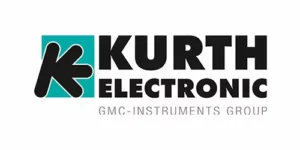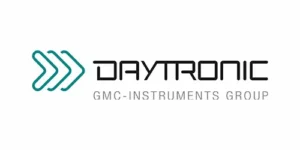Diagnosis of the charging infrastructure and performance of required measurements and function tests
Electromobility without restrictions is the goal when buying an electric vehicle – guaranteed mobility and flexibility by means of fast DC charging and its undesired dependence on the charging system and charging point equipment.
But what does fast charging mean and how safe is it for the user?
Charging with direct current always necessitates a connection between the electric vehicle and the charging point via a permanently connected charging cable. Cable-based charging of electric vehicles (EVs), also known as conductive charging, is possible in various charging modes which are defined in system standard DIN EN 61851-1 (VDE 0122-1). Charging mode 4 is specified for charging with direct current (DC charging) at permanently installed charging stations. This special DC charging infrastructure ensures high levels of electrical safety, as well as overload protection for the installation, e.g. fire protection. Further protection against touching and tampering is provided by locking the charging plug connection during the charging process. Communication and control for the charging process is handled by a special communication interface. The interface between the vehicle and the charging point is a decisive criterion for safe and convenient use of the charging infrastructure.Various standards for fast chargin
There are still many different, mutually incompatible charging plugs and coupling variants on the market today. Five fast-charging standards have established themselves worldwide:
- CCS (Combo 2) – combined charging system, primarily in Europe and the USA
- CCS (Combo 1) – single-phase combined charging system, primarily in the USA
- CHAdeMO – “CHArge DE MOve” standard, primarily in Japan
- Tesla Supercharger
- GB/T standard, primarily in China
3 fast DC charging systems are used for the most part in Germany, namely CCS (Combo 2), CHAdeMo and the Tesla Supercharger.
CCS (Combo 2)
The combined charging system (CCS) is an open, universal charging system for EVs based on international standards for charging equipment including IEC 61851-1, annex CC to IEC 61851-23 and IEC 61851-24.
Standards for charging plug connectors are defined in accordance with IEC 62196 (configurations EE and EF only). The CCS connection on the vehicle side combines charging with 3-phase alternating current and an option for fast DC charging.
The CCS system includes the plugs as well as the control functions and communication between the EV and the infrastructure.
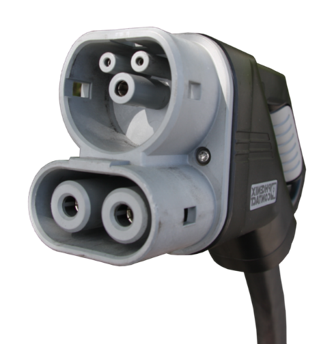
Figure 1: CCS Combo Type 2 Plug (image: Wikipedia
Extended communication intended for DC charging with the CCS system is based on DIN SPEC 70121 or ISO 15118. Electrical safety on the vehicle side is specified in ISO 17409.
CHAdeMO
CHAdeMO is a plug system developed in Japan for charging electric cars and plug-in hybrids. CHAdeMO is an acronym for “CHArge de MOve”, equivalent to “charge for motion”, and is a play on words which suggests “O cha demo ikaga desuka”, which means “let’s have a cup of tea while charging” in Japanese.
CHAdeMO was the first plug to establish itself as a standard for charging electric vehicles with direct current. Automobile brands that use this plug as standard equipment include Toyota, Kia, Mitsubishi and Nissan. Tesla offers an adapter for several of its models for connection to CHAdeMO charging stations
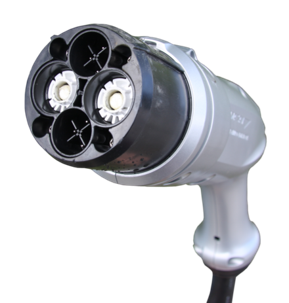
Figure 2: CHAdeMo Plug (image: Wikipedia)
Functional testing and measurement of charging systems
The charging station is a stationary electrical system that can be operated by laypersons at publicly accessible and commercially used locations and should be tested in accordance with the standards. Testing (initial testing) for correct functioning and electrical safety is performed by a qualified electrician. The inspector should possess basic knowledge concerning the assessment of measured values and tests for fast DC charging systems.
Test content and test intervals are based on standards such as, amongst others, DIN EN 61851-1/22/23/24 (VDE 0122-1/2-2/2-3/2-4), ISO 15118-1, DIN SPEC 70121, IEC 60364-6 / DIN VDE 0100-600 and EN 50110-1 / DIN VDE 0105-100, as well manufacturer and installation instructions and, depending on installation location and type of use, legal requirements.
Further information is provided by the German Occupational Health and Safety Act, the Ordinance on Industrial Safety and Health, ZVEH guidelines and the accident prevention regulations of the trade associations.
Why is testing performed?
According to article 2 (2) of German constitutional law, everyone has the right to life and physical integrity. During the charging process, the user comes into direct contact with charging station equipment. Safety requirements must therefore be fulfilled under normal conditions (including various climatic conditions), with special consideration of foreseeable user error and misuse in the event of accidents and vandalism.








